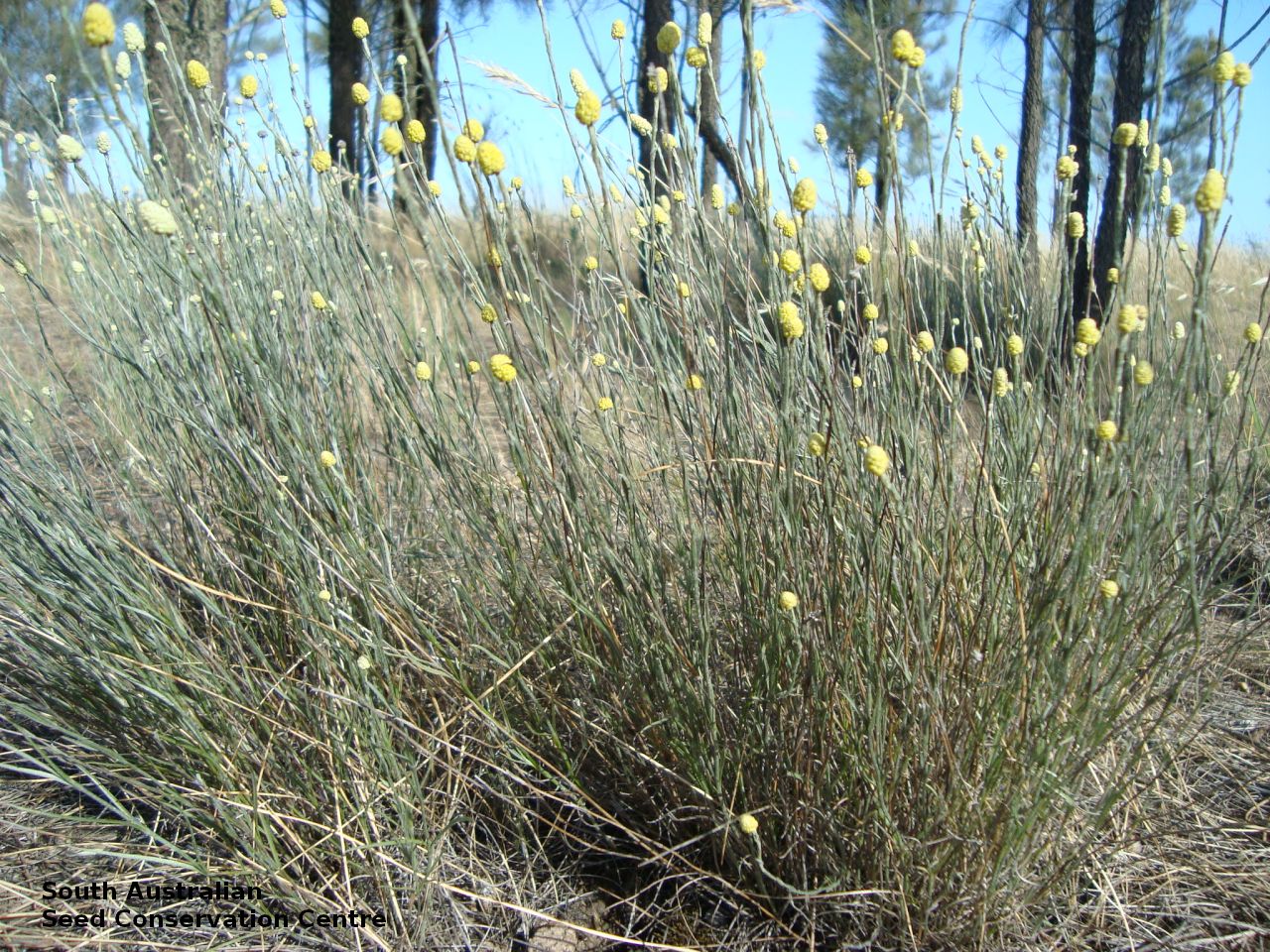
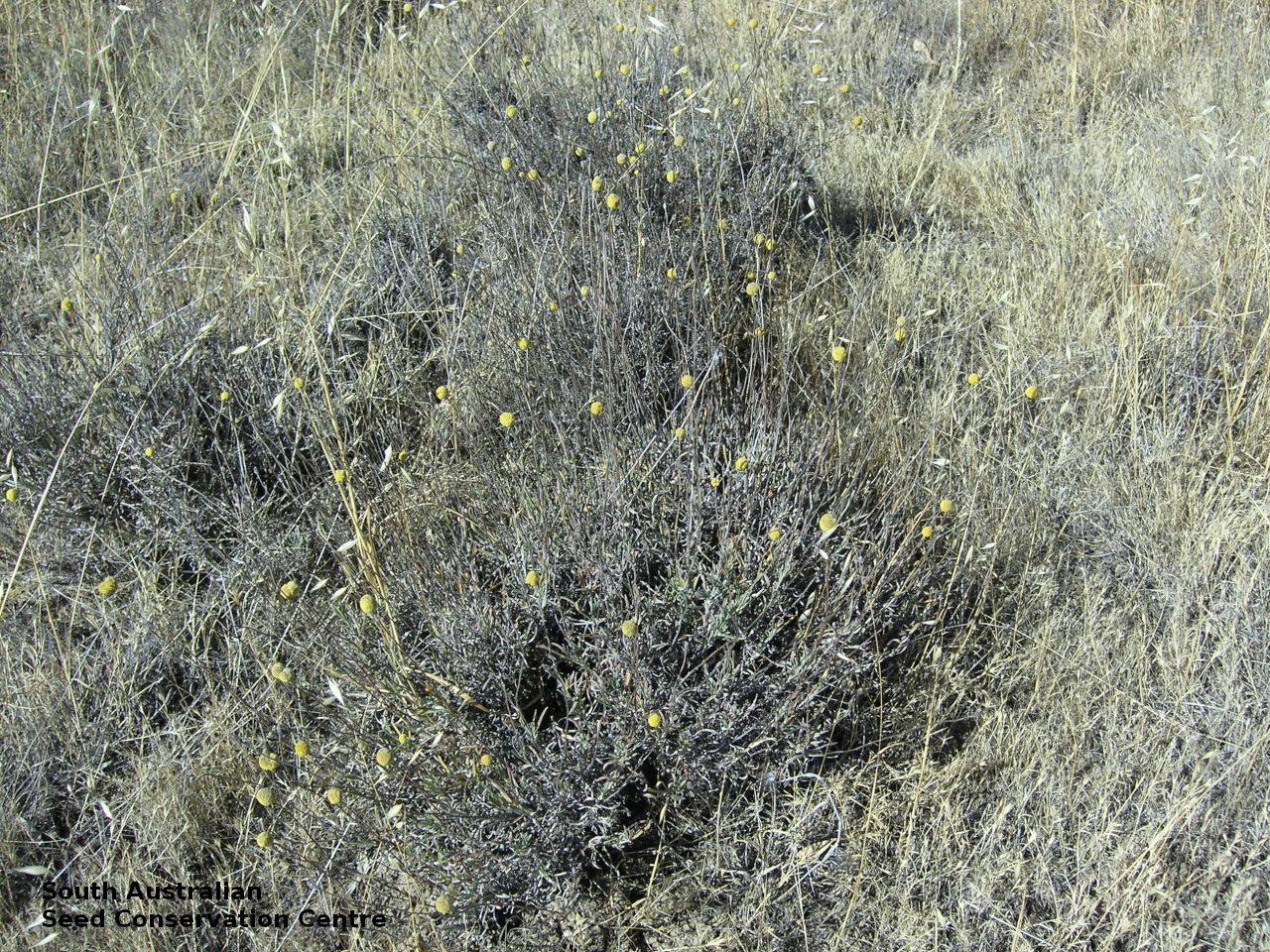
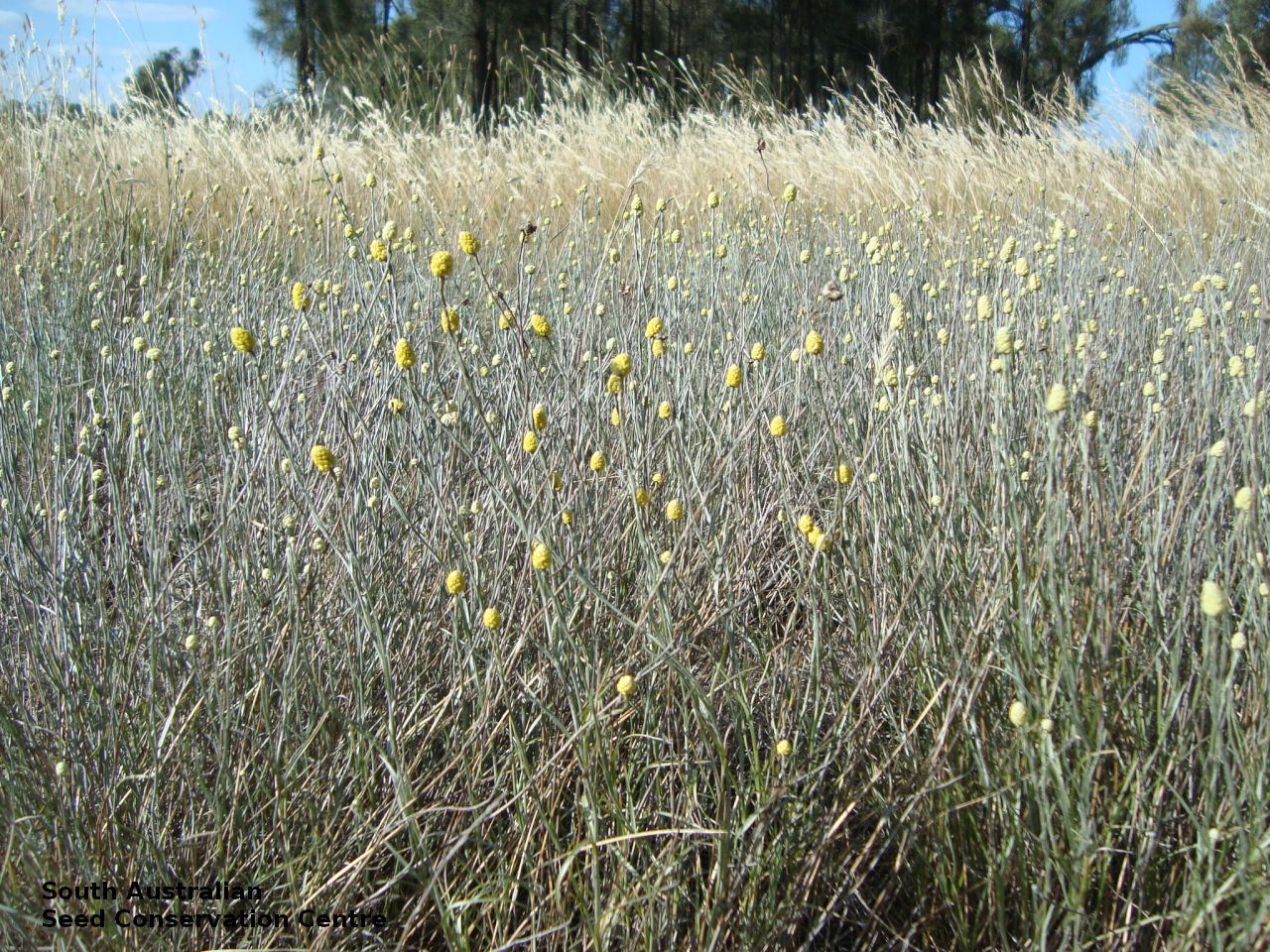
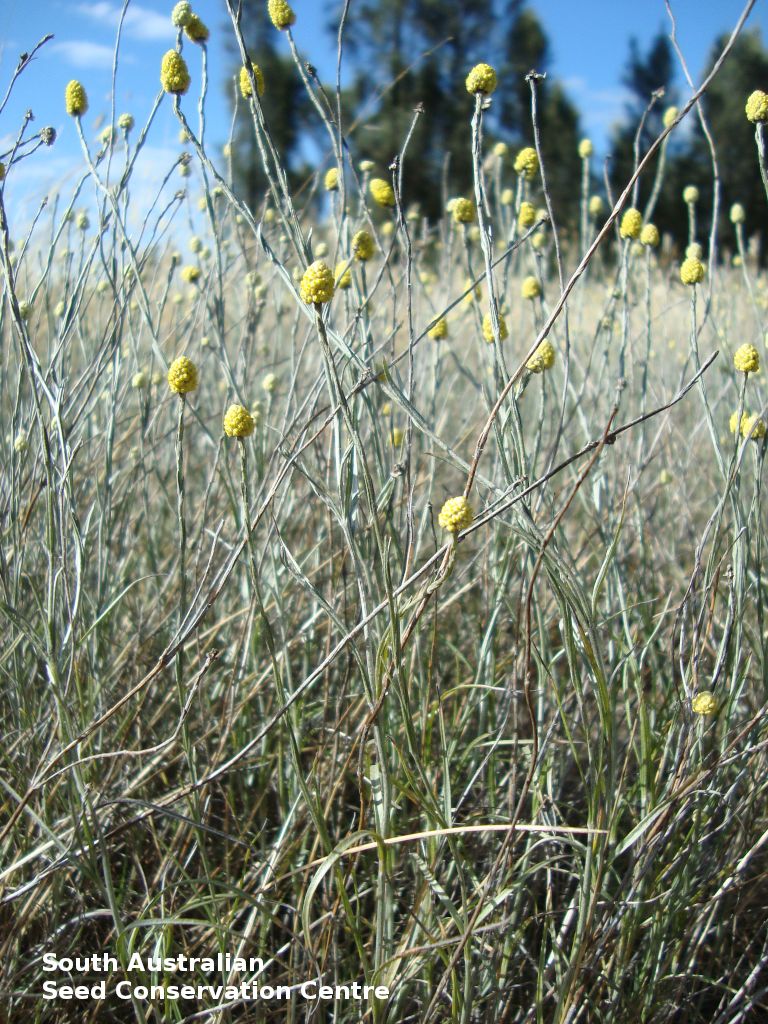
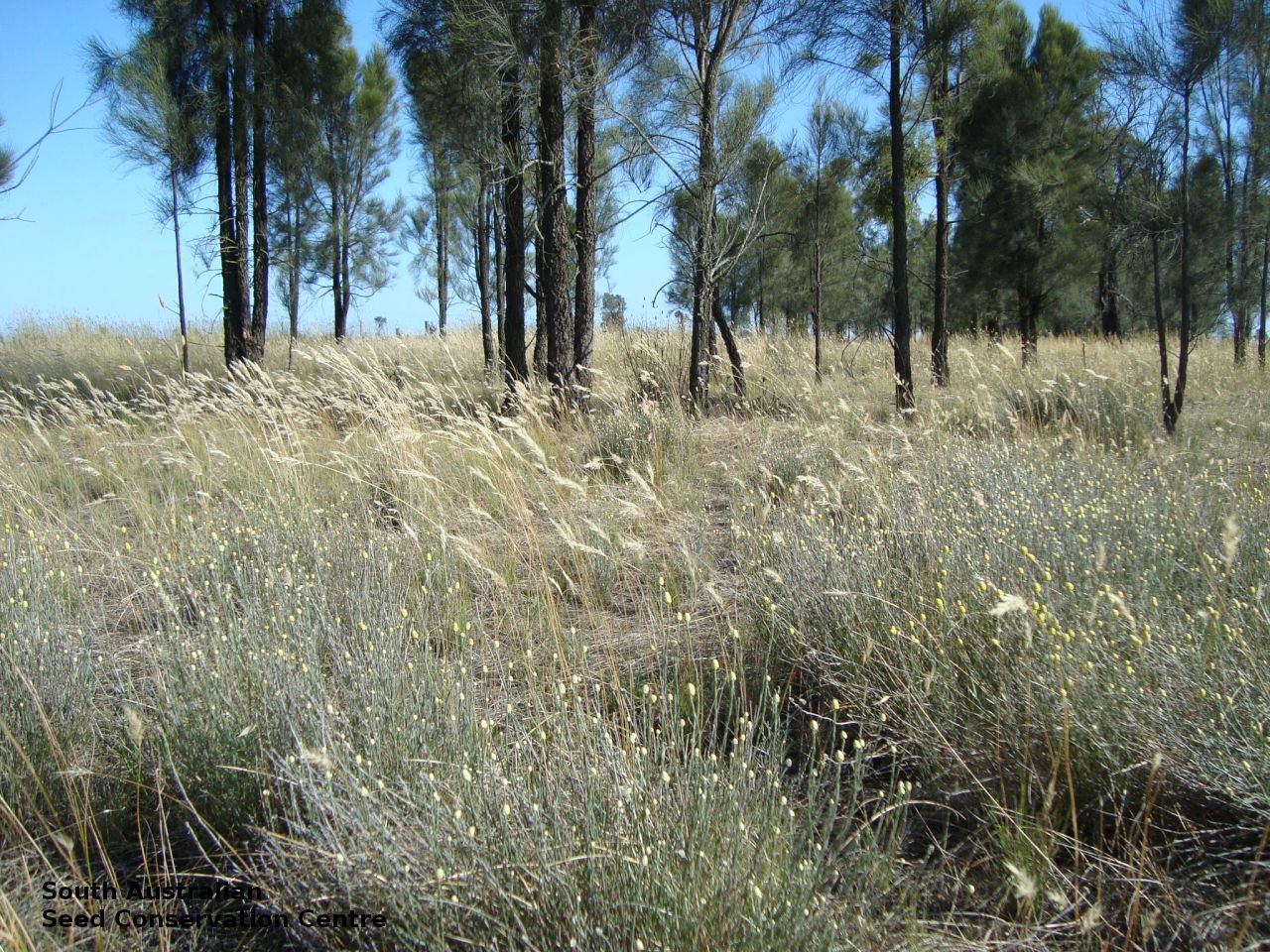

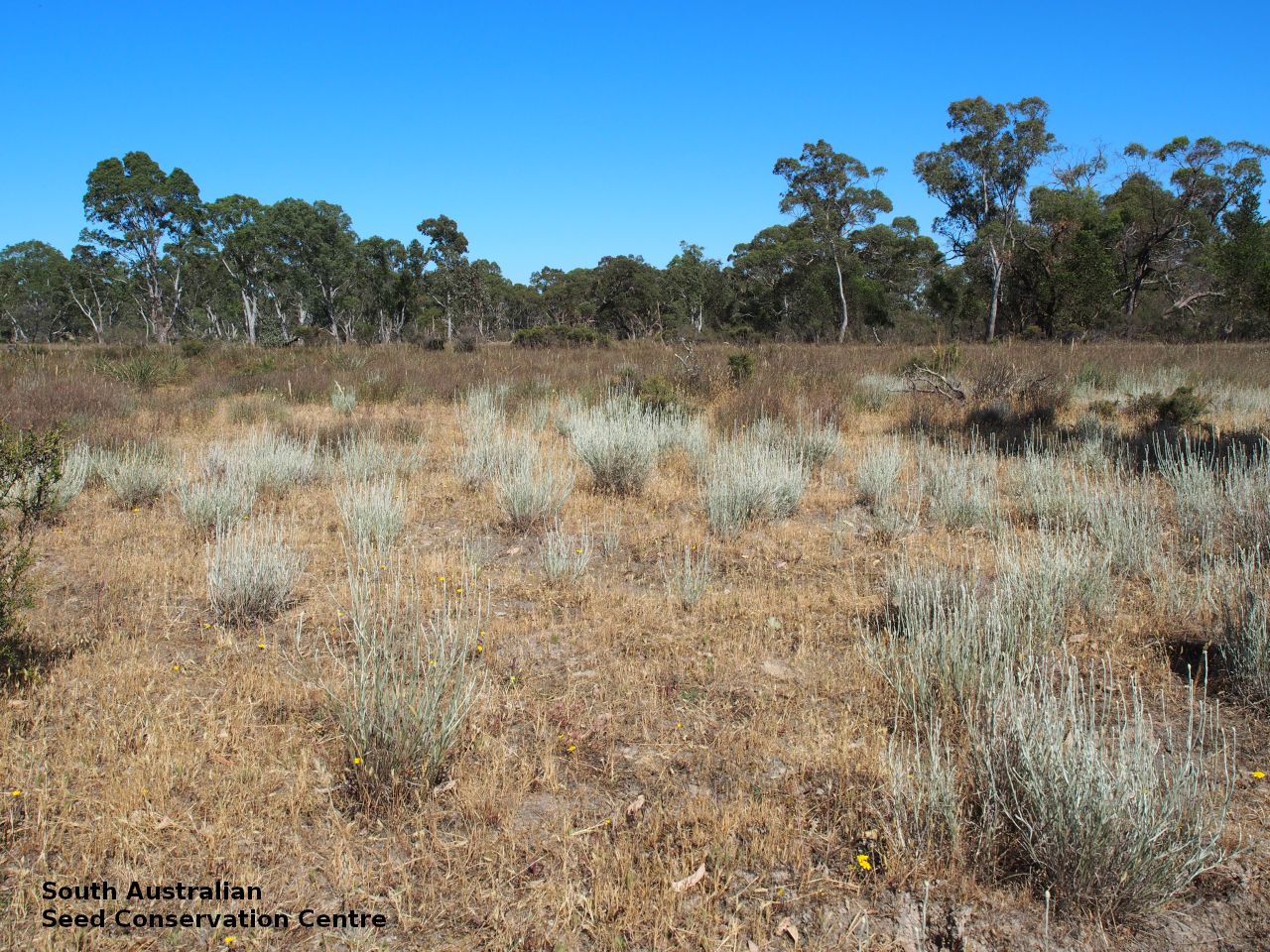
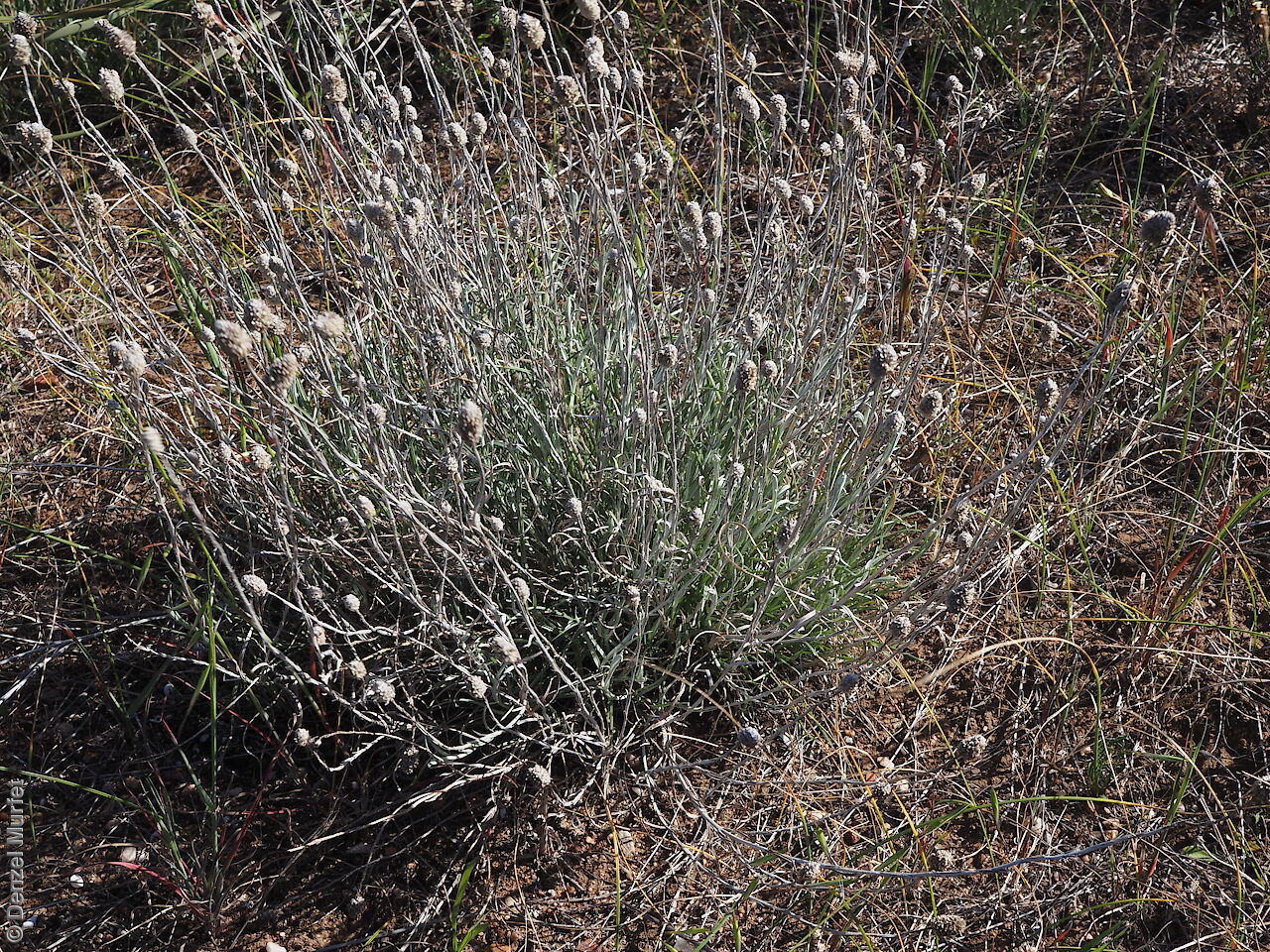
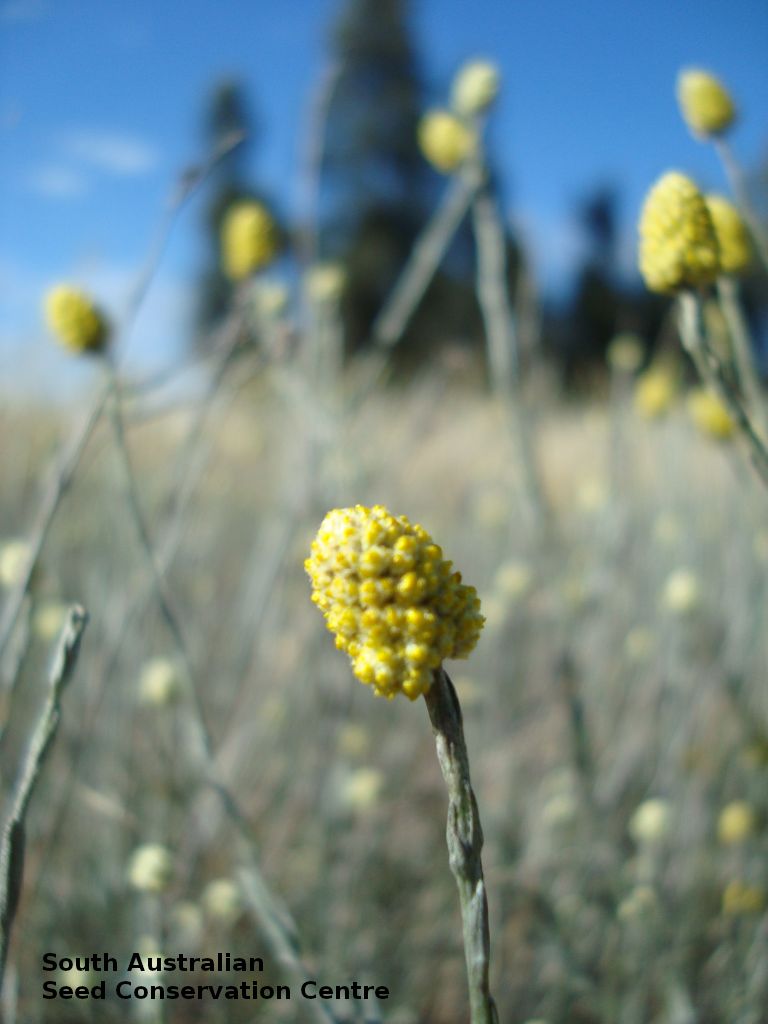
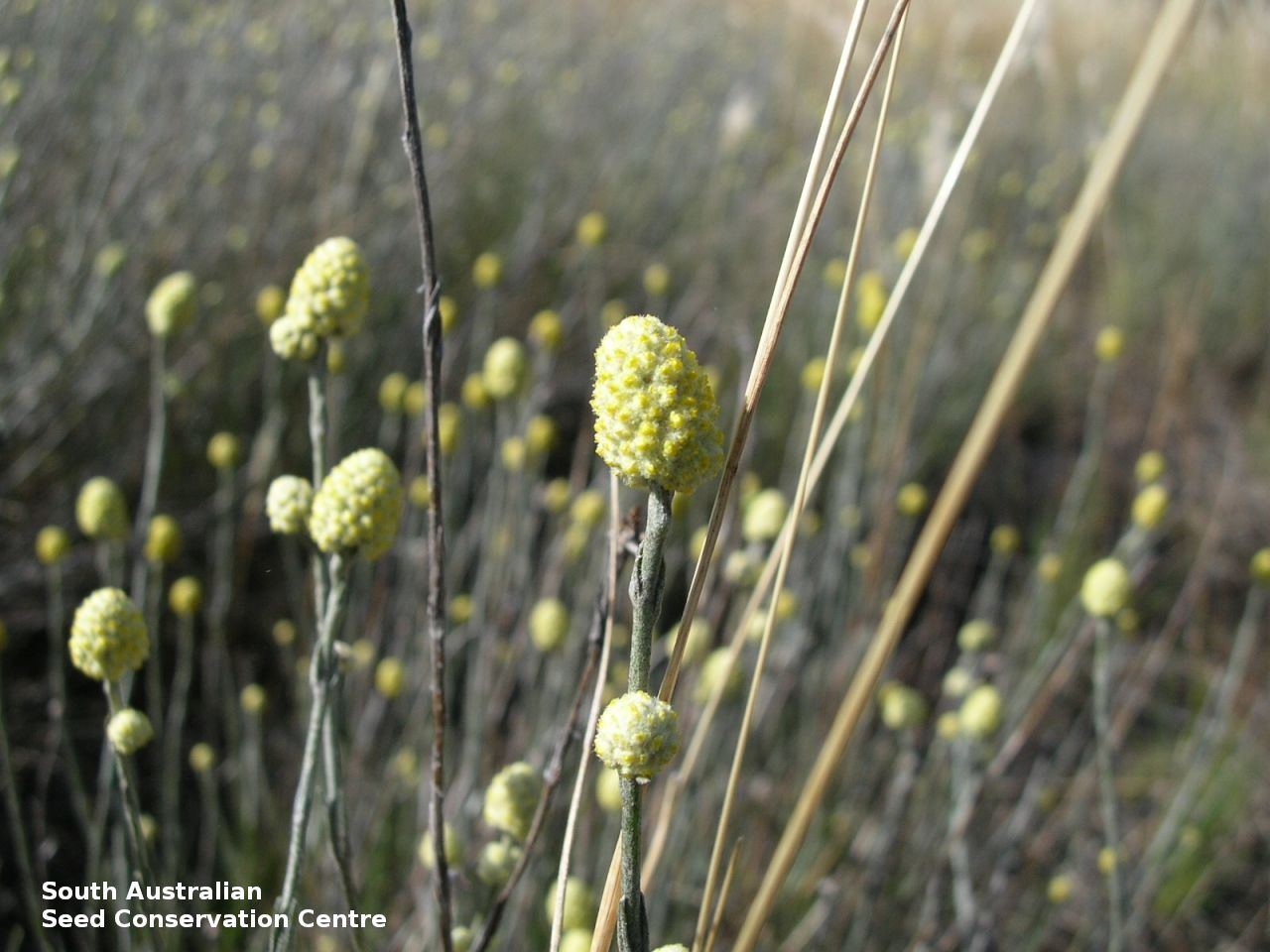
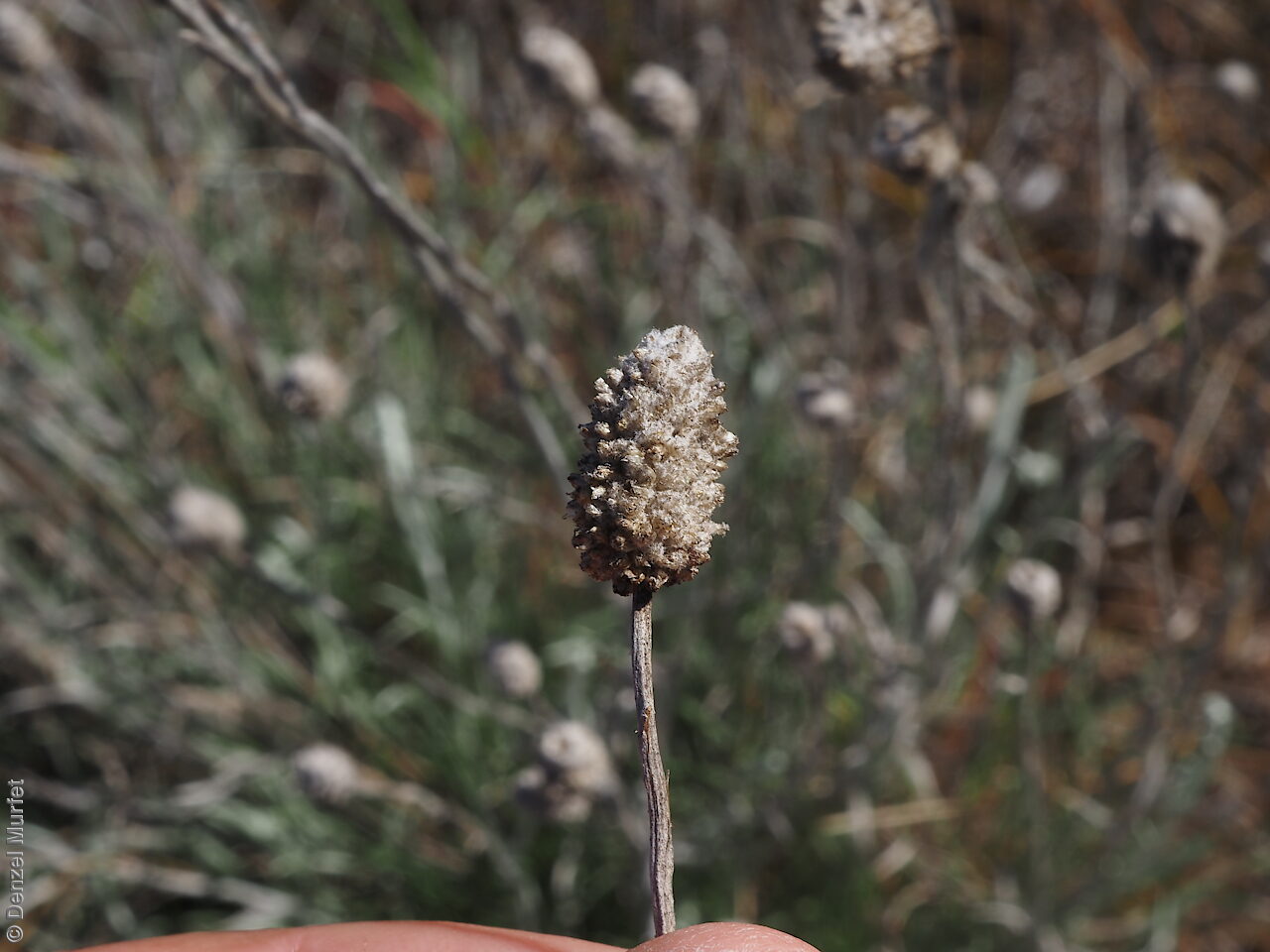
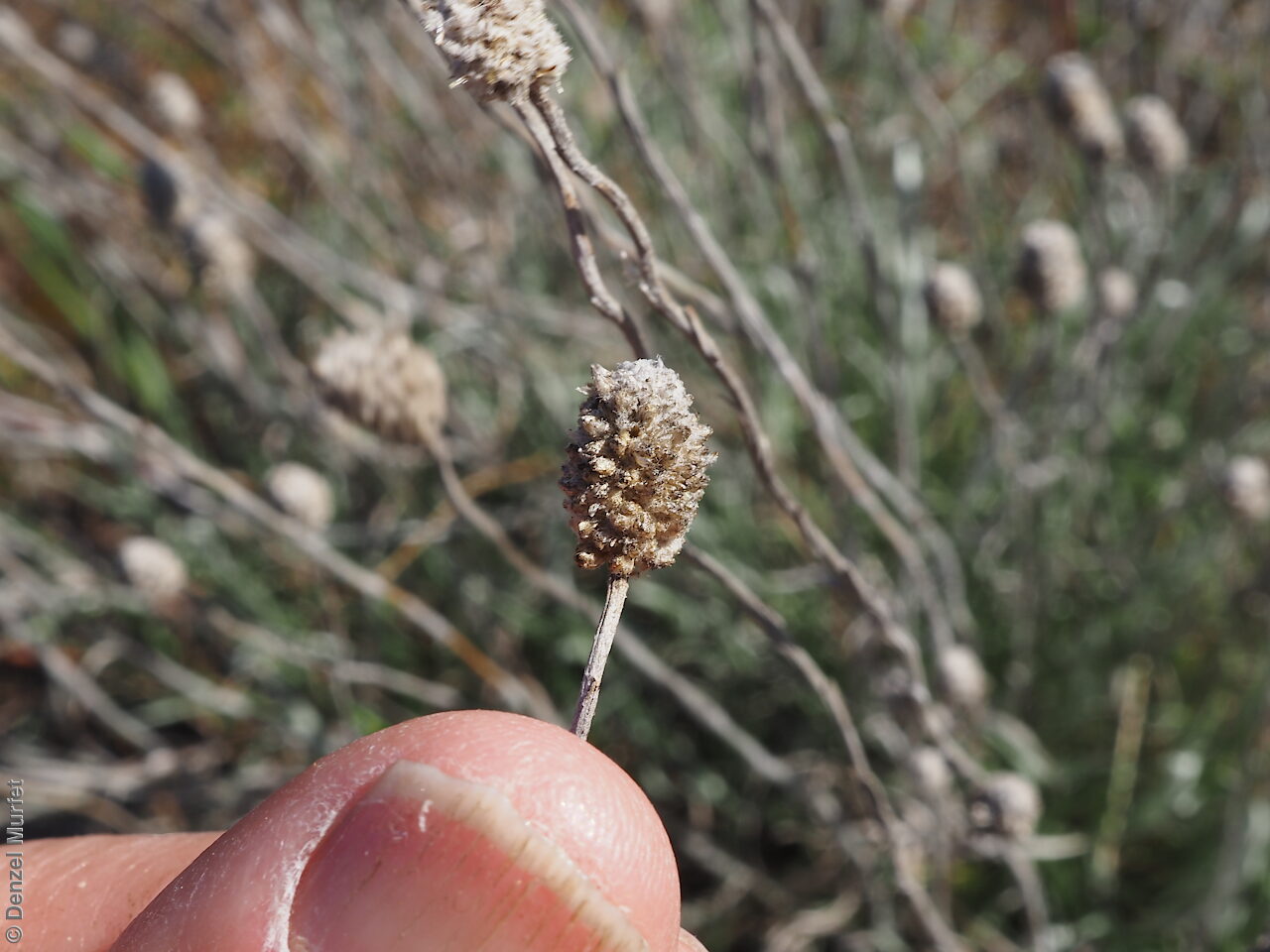
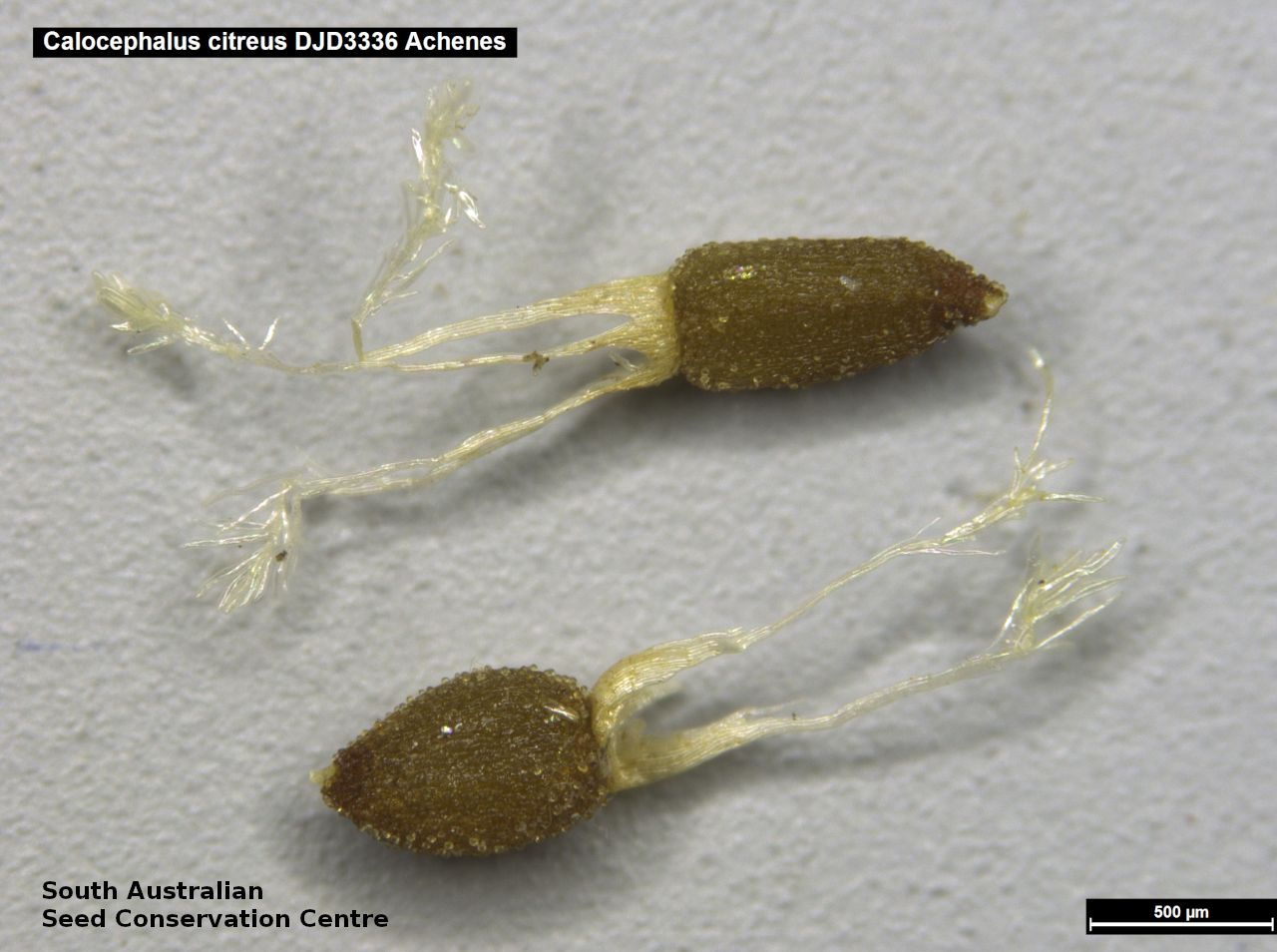
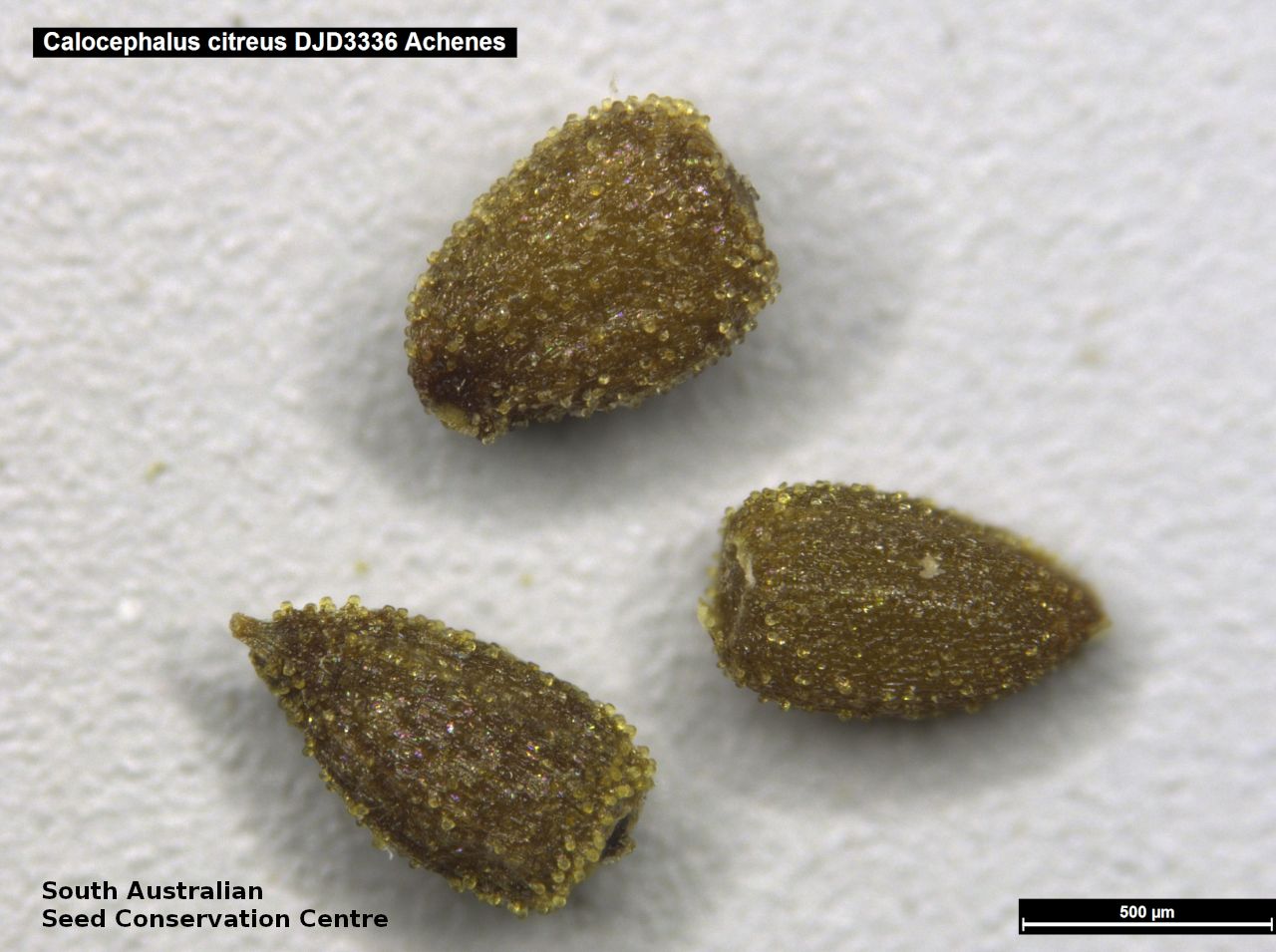
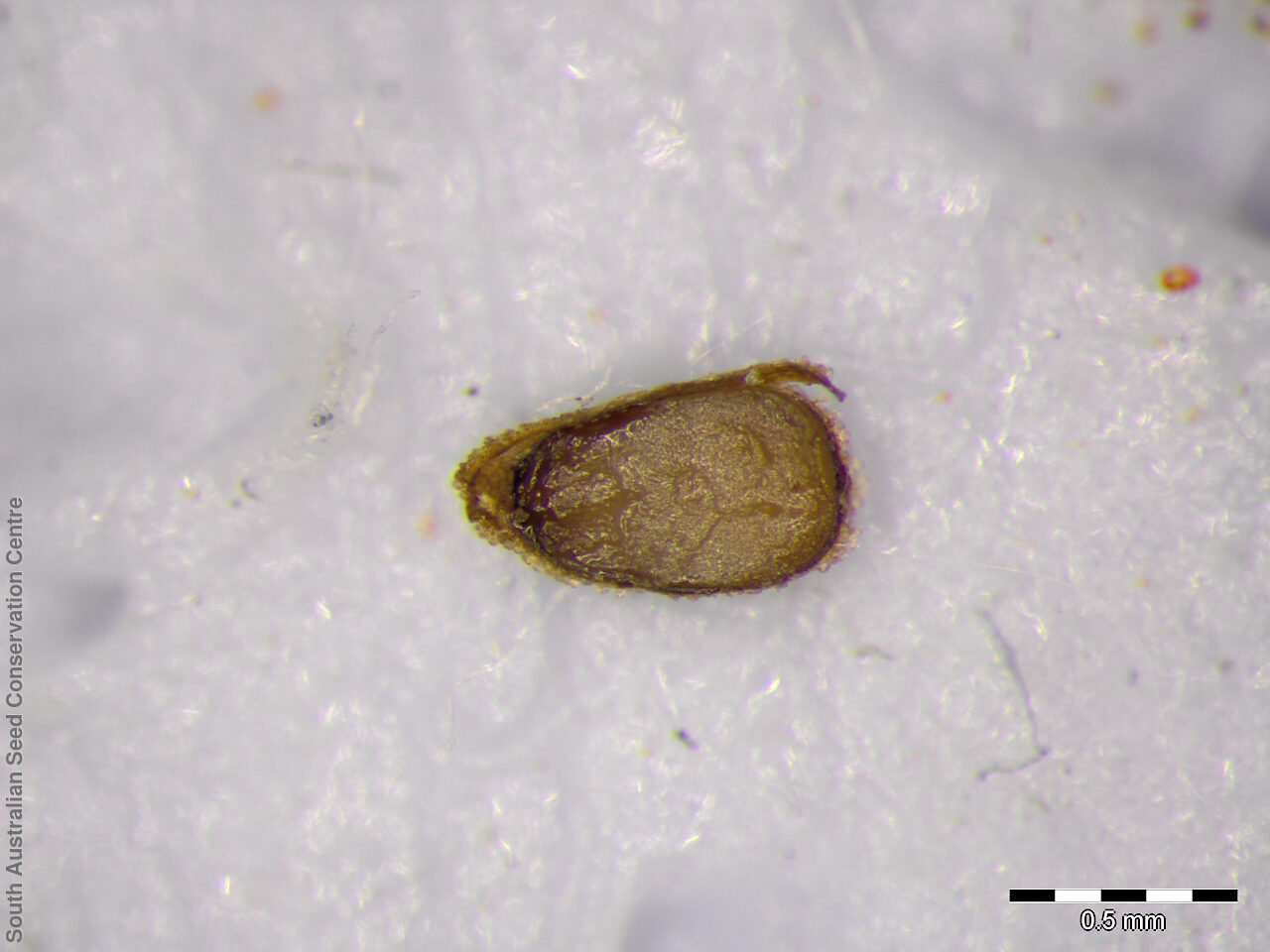
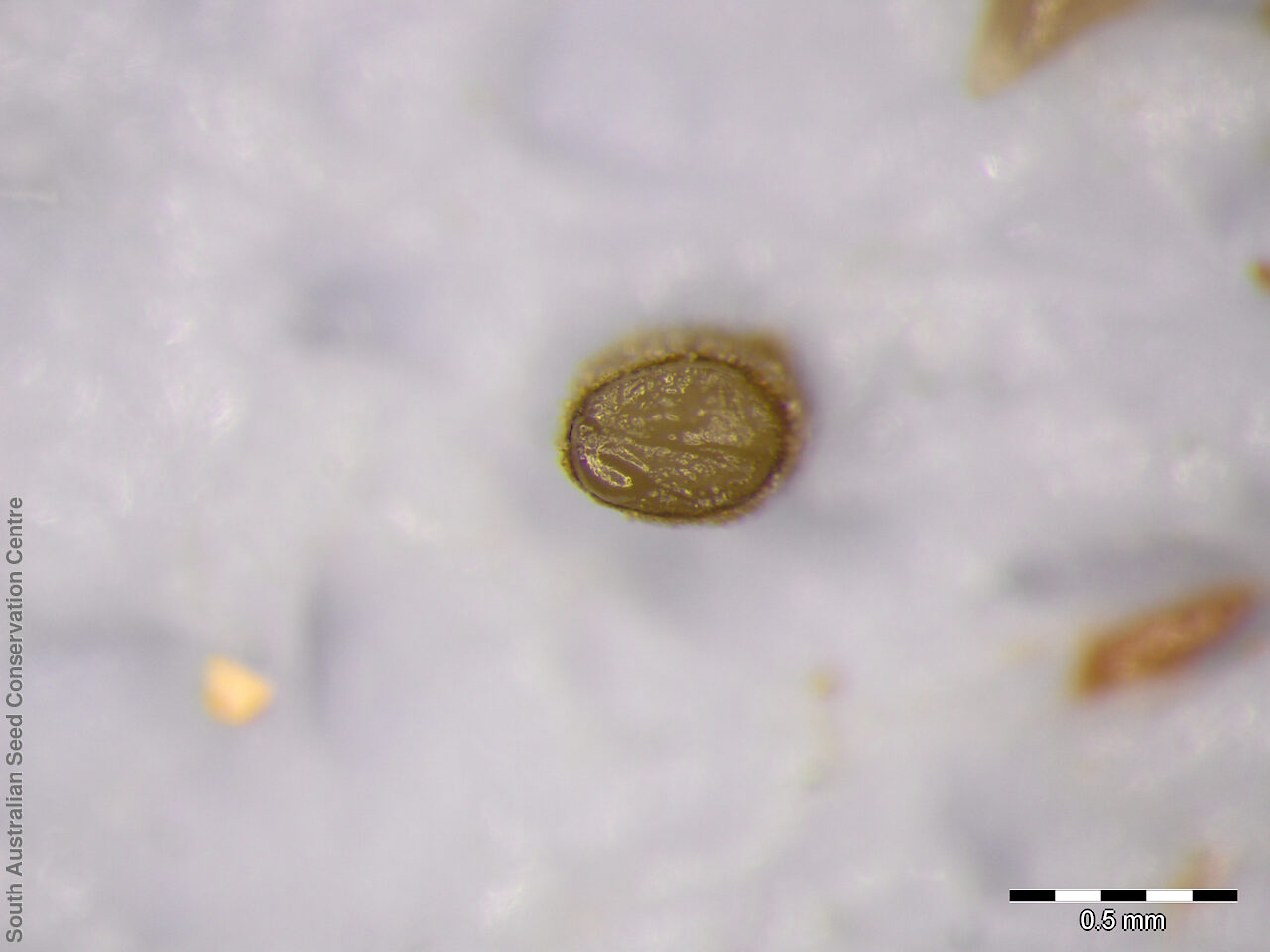
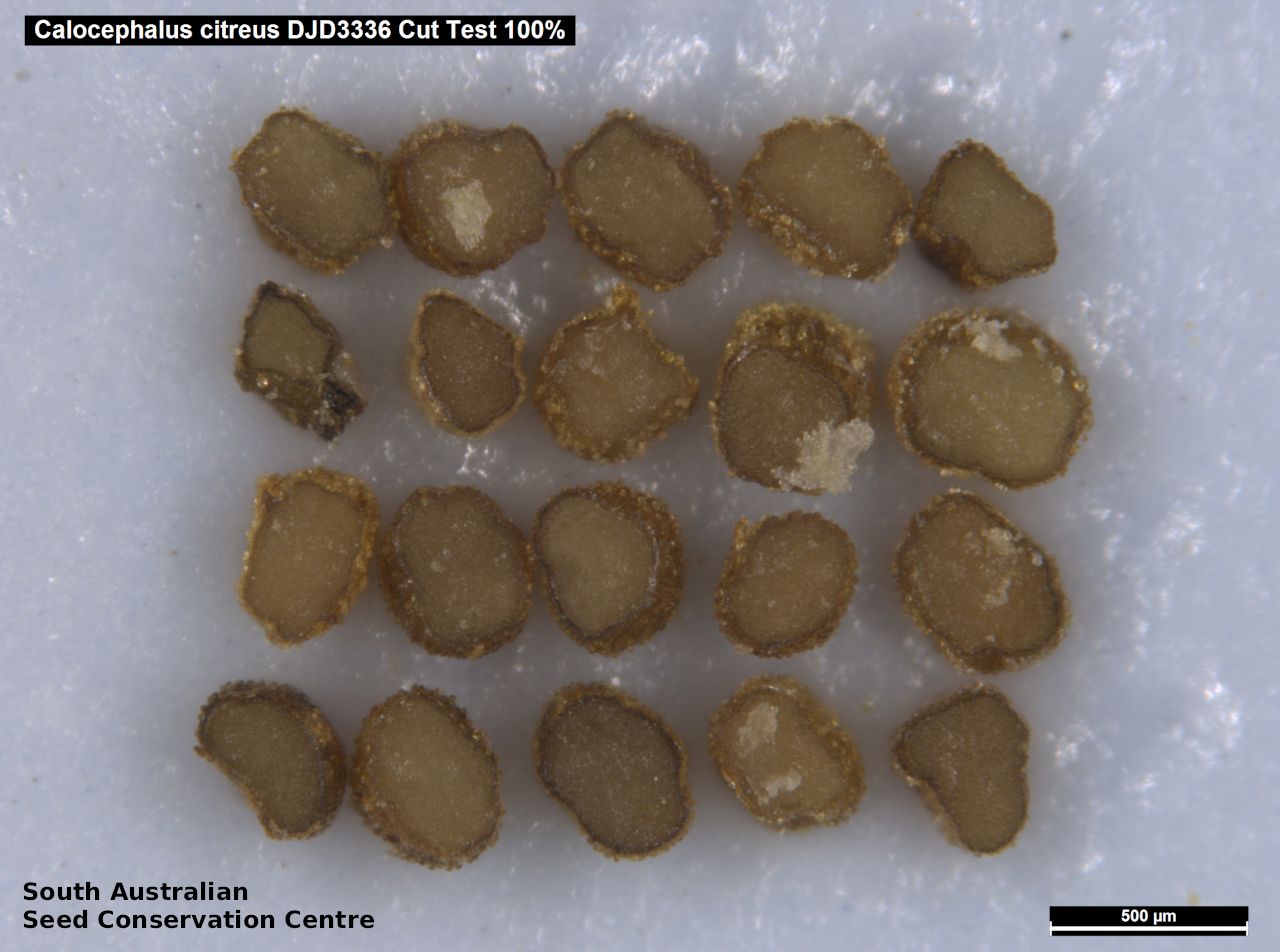

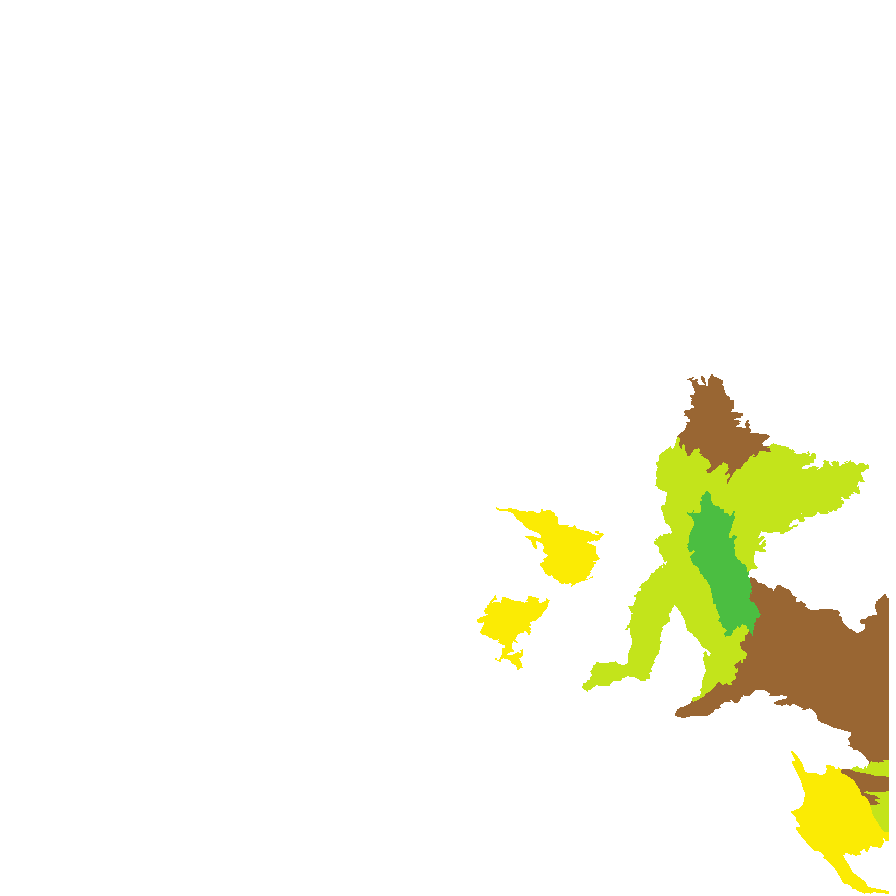
Botanical art
Etymology
Calocephalus from the Greek 'kalos' meaning beautiful and 'kephale' meaning a head, referring to the colourful compound heads. Citreus from Latin meaning of or pertaining to the citron-tree, referring to the lemon-yellow flower colour.
Distribution and status
Found in the southern part of South Australia from the northern Flinders Ranges to the South-east growing in clay or loam soils in grassland or open woodland. Also found in Queensland, New South Wales, Victoria and Tasmania. Native. Common in South Australia. Rare in Queensland and Tasmania. Common in the other States.
Herbarium regions: Flinders Ranges, Eastern, Eyre Peninsula, Northern Lofty, Murray, Yorke Peninsula, Southern Lofty, South Eastern, Green Adelaide
NRM regions: Adelaide and Mount Lofty Ranges, Eyre Peninsula, Northern and Yorke, South Australian Arid Lands, South Australian Murray-Darling Basin, South East
AVH map: SA distribution map (external link)
Plant description
Perennial herb with slender, erect branches to 60 cm high, felt-like, light grey. Leaves mostly opposite, linear to lanceolate, to 20 mm long and 2 mm wide; tomentose, often sheathing at base; upper leaves smaller, sometimes alternate, usually appressed to stem. Daisy heads globular to oblong, bright golden yellow. Flowering between November and May. Fruits are dense round pale yellow head. Seeds are three-sided brown seed to 1.5 mm long and 0.8 mm wide with a tuberculate surface. Seed embryo type is spatulate.
Seed collection and propagation
Collect seeds between February and April. Collect heads that are matured, pale yellow, a bit spongy and contain brown seeds. Place the heads in a tray for one to two week to dry. Then rub the heads gently with your hands to dislodge the seeds. Use a sieve to separate any unwanted material. Viable seeds will be small and brown. Store the seeds with a desiccant such as dried silica beads or dry rice, in an air tight container in a cool and dry place. Seed viability is usually high. Seeds are non-dormant, viable seed should germinate readily.
| Location | No. of seeds (weight grams) | Number of plants | Date collected | Collection number Collection location | Date stored | % Viability | Storage temperature |
|---|---|---|---|---|---|---|---|
| BGA | 27,100 (1.97 g) | 50+ | 13-Feb-2006 | HPV3020 South Eastern | 14-Sep-2006 | 100% | -18°C |
| BGA MSB | 20,000 (1.86 g) 20,000 (1.86 g) | 100+ | 4-Feb-2006 | KHB52 Flinders Ranges | 14-Sep-2006 | 95% | -18°C |
| BGA | 42,000 (2.89 g) | 40+ | 10-Mar-2011 | DJD1792 South Eastern | 1-Jan-2012 | 100% | -18°C |
| BGA | 20,000 (2.22 g) | 50+ | 23-Feb-2016 | DJD3336 Southern Lofty | 2-May-2017 | 100% | -18°C |
| BGA | 101,000 (8.31 g) | 50+ | 25-Feb-2016 | DJD3338 Southern Lofty | 2-May-2017 | 100% | -18°C |
Number of plants: This is the number of plants from which the seeds were collected.
Collection location: The Herbarium of South Australia's region name.
% Viability: Percentage of filled healthy seeds determined by a cut test or x-ray.